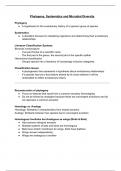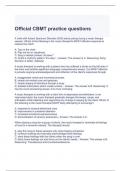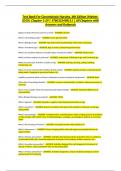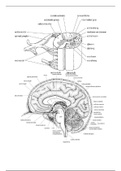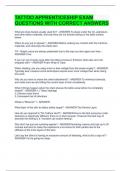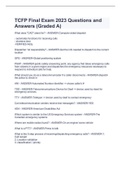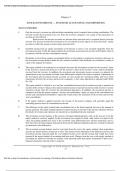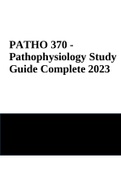Class notes
Class notes introductory biology (BIOL1010) Lesson 12
- Course
- BIOL1010 (BIOL1010)
- Institution
- Dalhousie University (Dal )
Perfect notes for studying and allowing you to focus your time in class to new materials the professor gives out in order to create meaningful notes
[Show more]
